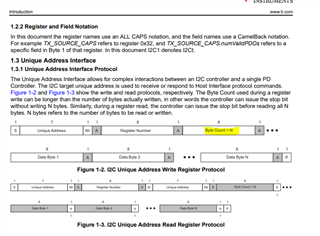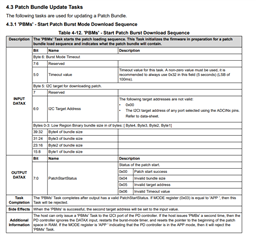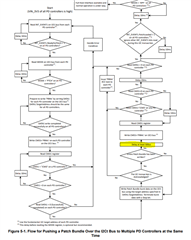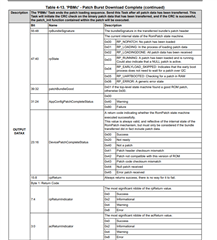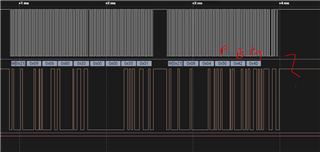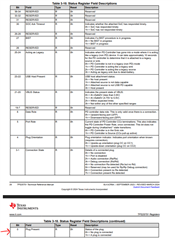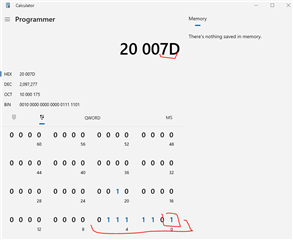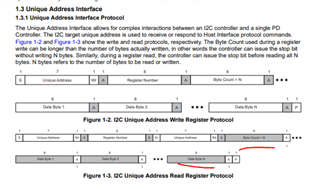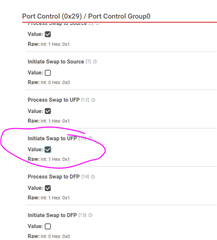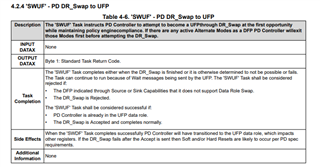Other Parts Discussed in Thread: , BQ25756, BQ25792
Tool/software:
Hello,
I'm currently using a TPS25751S to drive a USB 2.0 port in power source mode with associated data delivery. I have configured the various parameters required for the configuration on the GUI and connected my card to a USB port on the PC with the correct port and baud rate of 9600 (recommended) in the GUI settings. When I click on the banner at bottom left to connect my device, I manage to connect (little green button lit up). However, when I try to load the configuration on the card, it's impossible because it says “hardware is disconnected, try to refresh the page and reconnected hardware”.
Normally, I'm able to flash the code on my card. I use a ftdi usb uart bridge connected to an ESP32.
Does “hardware not connected” refer to the PD controller or the microcontroller?
I ask this question because I use the I2Cc port for EEPROM + PD controller and I2Ct connected to the µC and PD controller. Unlike the EVM TPS25751D, I don't link the I2Ct bus between EEPROM and microcontroller.
I exported the LowRegionBinary and FullFlashBinary files in .C and flashed the config into the EEPROM from an external connector, so there's no design error on the EEPROM side.
Can you help me find a solution?
Best regards,
LEROY Corentin






